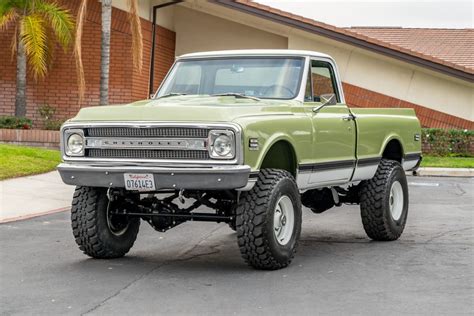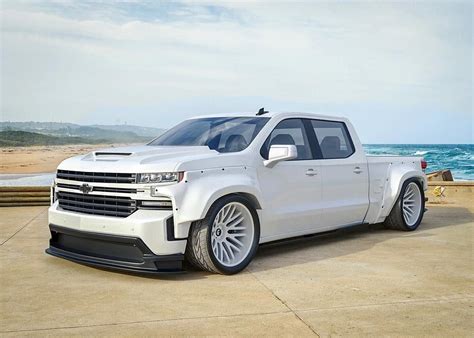
Introduction: Unveiling the Controversy Surrounding Trackhawks in California
In the realm of high-performance vehicles, few marques command as much attention and reverence as the Jeep Trackhawk. This formidable SUV, renowned for its awe-inspiring power and exhilarating driving dynamics, has captured the hearts of automotive enthusiasts worldwide. However, in the state of California, the Trackhawk's presence has been shrouded in controversy, with its legality hanging in the balance.
California's Strict Smog Regulations: A Roadblock to Performance
California, known for its progressive environmental policies, has implemented stringent smog regulations aimed at curbing emissions and improving air quality. These regulations, embodied by the California Air Resources Board (CARB), impose strict limits on the permissible levels of pollutants emitted by vehicles. Unfortunately, the Trackhawk's potent engine, while delivering exhilarating performance, falls short of meeting these stringent standards.
EPA Certification: A Glimmer of Hope for Trackhawk Aficionados
Despite the seemingly insurmountable challenge posed by California's smog regulations, a glimmer of hope emerged for Trackhawk enthusiasts. In a twist of fate, the vehicle secured certification from the Environmental Protection Agency (EPA), the federal agency responsible for regulating air pollution. This certification, while not overriding state regulations, provided a foundation for potential solutions to the Trackhawk's legal quandary.
Executive Order: A Temporary Reprieve Amidst Legal Battles
In a bid to provide temporary relief to Trackhawk owners and dealerships caught in the crosshairs of the legality debate, California Governor Gavin Newsom issued an executive order in 2021. This order granted a reprieve, allowing the sale and registration of certain vehicles, including the Trackhawk, that had obtained EPA certification but failed to meet state smog standards. However, this executive order was merely a stopgap measure, with its expiration date looming on the horizon.
Legal Challenges: A Looming Threat to Trackhawk's Legality
Despite the temporary reprieve granted by the executive order, the legality of the Trackhawk in California remains tenuous. Environmental groups and air quality advocates have mounted legal challenges, asserting that the executive order oversteps the authority of the governor and undermines the state's commitment to clean air. These challenges have cast a cloud of uncertainty over the future of the Trackhawk in California, with the outcome of the legal battles holding the key to its ultimate fate.
Potential Solutions: Navigating the Regulatory Labyrinth
Amidst the legal wrangling and regulatory complexities, stakeholders are exploring potential solutions to address the Trackhawk's emissions conundrum. One proposed solution involves retrofitting Trackhawks with emissions-reducing technology, bringing them into compliance with California's smog standards. Additionally, manufacturers could consider developing Trackhawk variants specifically tailored to meet California's stringent regulations. These solutions, if successfully implemented, could pave the way for the Trackhawk's continued presence in the Golden State.
Conclusion: A Crossroads for Performance and Environmental Stewardship
The legality of the Trackhawk in California has become a microcosm of the broader tension between the allure of high-performance vehicles and the imperative to protect the environment. As the legal battles unfold and potential solutions emerge, the ultimate resolution will determine whether the Trackhawk can coexist with California's stringent air quality standards. This saga serves as a reminder of the ever-evolving relationship between automotive innovation and environmental responsibility.

